Polar Regions: Explained
The polar regions, also known as the Earth's frigid zones, are the areas around the North Pole and the South Pole. These regions are characterized by their extremely cold temperatures, unique ecosystems, and the presence of ice caps and glaciers.
Key Features of the Polar Regions:
- Extreme Cold: The polar regions experience some of the coldest temperatures on Earth, with temperatures often dropping below -40°C (-40°F).
- Ice Caps and Glaciers: These regions are covered in ice caps and glaciers, which play a crucial role in regulating the Earth's climate and sea levels.
- Unique Ecosystems: Despite the harsh conditions, the polar regions are home to a variety of unique plants, animals, and microorganisms that have adapted to the cold environment.
- Midnight Sun and Polar Night: Due to the tilt of the Earth's axis, the polar regions experience periods of continuous daylight (midnight sun) in summer and continuous darkness (polar night) in winter.
Study Guide for Polar Regions:
Here are some key topics to focus on when studying the polar regions:
Climate and Weather:
- Understand the factors that contribute to the extreme cold temperatures in the polar regions.
- Learn about the unique weather patterns and phenomena such as ice storms, blizzards, and polar vortexes.
Geography and Geology:
- Explore the topography and geological features of the polar regions, including ice shelves, icebergs, and permafrost.
- Study the impact of climate change on the melting of polar ice and its consequences for the environment.
Ecology and Biodiversity:
- Examine the diverse ecosystems of the polar regions, including tundra, polar deserts, and marine environments.
- Learn about the adaptations of polar wildlife, such as polar bears, penguins, Arctic foxes, and seals, to survive in extreme cold conditions.
Human Impacts and Conservation:
- Understand the human activities and their impact on the polar regions, including resource extraction, pollution, and tourism.
- Explore conservation efforts and international agreements aimed at protecting the fragile polar ecosystems.
◂Science Worksheets and Study Guides Sixth Grade. Birds and Mammals
Study Guide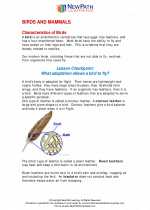 Birds and Mammals
Birds and Mammals  Activity Lesson
Activity Lesson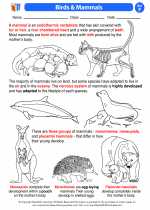 Birds & Mammals
Birds & Mammals  Worksheet/Answer key
Worksheet/Answer key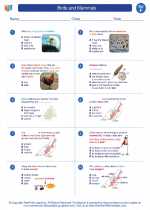 Birds and Mammals
Birds and Mammals  Worksheet/Answer key
Worksheet/Answer key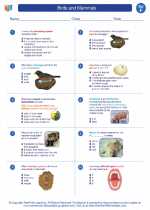 Birds and Mammals
Birds and Mammals  Worksheet/Answer key
Worksheet/Answer key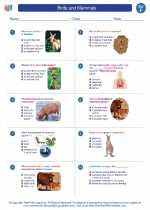 Birds and Mammals
Birds and Mammals  Worksheet/Answer key
Worksheet/Answer key Birds and Mammals
Birds and Mammals  Vocabulary/Answer key
Vocabulary/Answer key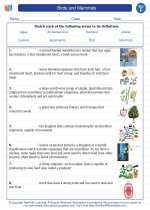 Birds and Mammals
Birds and Mammals  Vocabulary/Answer key
Vocabulary/Answer key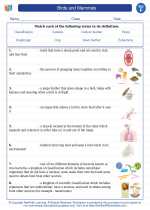 Birds and Mammals
Birds and Mammals  Vocabulary/Answer key
Vocabulary/Answer key Birds and Mammals
Birds and Mammals  Vocabulary/Answer key
Vocabulary/Answer key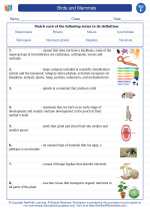 Birds and Mammals
Birds and Mammals  Vocabulary/Answer key
Vocabulary/Answer key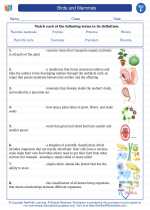 Birds and Mammals
Birds and Mammals 

 Activity Lesson
Activity Lesson
 Worksheet/Answer key
Worksheet/Answer key
 Worksheet/Answer key
Worksheet/Answer key
 Worksheet/Answer key
Worksheet/Answer key
 Worksheet/Answer key
Worksheet/Answer key
 Vocabulary/Answer key
Vocabulary/Answer key
 Vocabulary/Answer key
Vocabulary/Answer key
 Vocabulary/Answer key
Vocabulary/Answer key
 Vocabulary/Answer key
Vocabulary/Answer key
 Vocabulary/Answer key
Vocabulary/Answer key

The resources above cover the following skills:
LIFE SCIENCE
From Molecules to Organisms: Structures and Processes